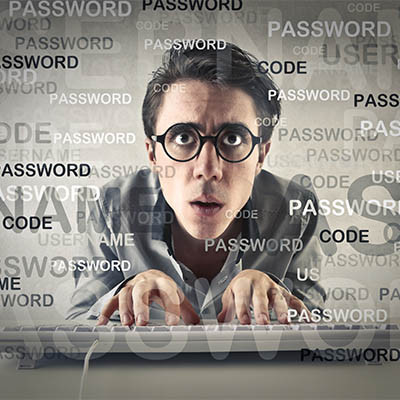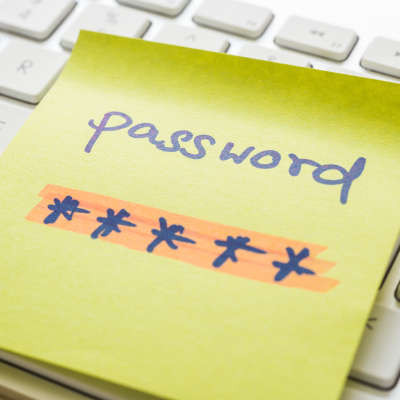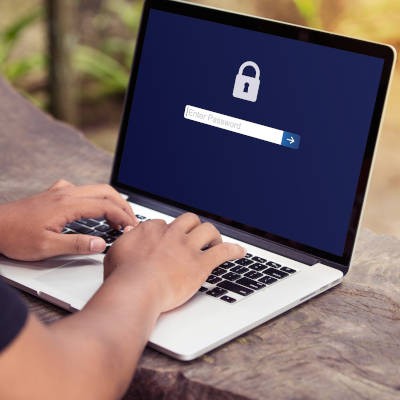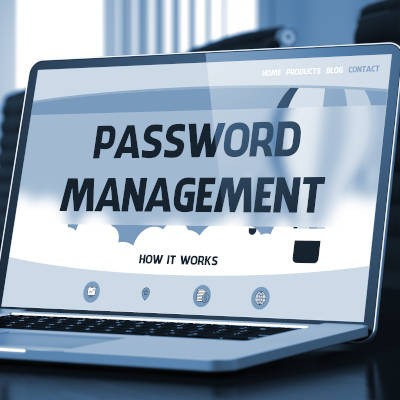Disney is all about magic and wonder, but something shocking almost happened with their park menus. A former Disney employee got into a menu app and made some dangerous changes. They messed with the allergen info on the menus, saying some foods were safe for people with peanut allergies when they weren’t. That could’ve been deadly.
BNMC Blog
It doesn’t take much to crack a low-effort password. To put a stop to hackers, you can use one extremely simple tactic: use long, random, complex strings of characters. Unfortunately, this is easier said than done for some people, as remembering passwords is also something that needs to happen. Today, we want to highlight the passphrase and how it can both bolster your password security and make your passwords easier to remember.
These days, you cannot simply rely on passwords to keep your data safe. That said, a good password is significantly better than a bad one, and you need all the help you can get to keep your accounts safe from cyberattacks. Here are some tips to help you create better passwords for all of your credentials.
Zero trust security is an invaluable approach that helps significantly boost how protected an organization is against threats. Nevertheless, many people may need to become more familiar with the term or what it entails. Let’s take a few moments to review the concept and clarify how beneficial it can be.
One of the most critical parts of security used to be the password, and while it has fallen out of favor in recent years due to how easily they can be cracked, a good password can still go a long way toward keeping your accounts safe. Let’s go over some of the best practices associated with passwords and how you can use them to your advantage.
The password has long been the first line of defense against security threats, but what would you say if we told you that the password could disappear entirely from your Microsoft account? Well, get ready, because boy do we have news for you. Let’s take a look at what it means to go “passwordless” and what it could mean for your account’s security.
Most users these days have so many passwords that just about any tool that helps them keep them all in check could be considered a good thing. Web browsers come with this technology built-in, but unfortunately, this convenience often comes at a cost. Are these built-in tools as secure as they are supposed to be, or are you better off looking into better alternatives?
Passwords are a crucial element of your online security in terms of keeping threats from being able to access your accounts and resources. Unfortunately, for fear of accidentally locking themselves out of their accounts, many users have gotten into the unfortunate habit of taking shortcuts when it comes to their use of passwords. Let’s try to fix this by going over a few ways to design a password that is both memorable and sufficiently secure.
It’s 2021! We made it!
A lot of us look at a new year as an opportunity to greatly improve our lives. Maybe your resolution is to hit the gym regularly or commit to fewer processed foods—regardless, there are endeavours that take serious commitment, and others that take just a few minutes to accomplish. A really simple, really beneficial task you should add to your 2021 to-do list is to lock down some of your most important online accounts—and we’re going to walk you through it.
When was the last time you intentionally and systematically changed your passwords?
It’s a good practice, even though it can be a huge pain. For many of us, Google is a huge central hub that is tied to a lot of our data. With all of the cybersecurity issues and data breaches, it’s just a good idea to keep your Google account in check.
For the past twenty years, the password has been the most important security tool that individuals and businesses have to keep outside parties out of their personal and professional information. This may not always be the case, but much of a business’ security is built around the idea that passwords are keeping unwanted entities out. It is important that you and your staff understand what good password hygiene looks like. Today, we’ll outline what it looks like.
With all of the accounts that people have these days, it almost--almost--makes sense that people tend to use passwords that are too short, overly simple, and repeat across multiple accounts. Unfortunately, the only thing this does is to make accounts less secure. As a result, more and more authentication requirements are being put into place to keep security a priority.
If you were to ask us what one of the most important cybersecurity features to have is, chances are, we’d answer “secure passwords.” Sure, this might be the answer that you’d hear from everyone, but that’s because it is really that important. For our tip, we’ll illustrate how it’s so important by examining a few key processes hackers use to crack a password.
Authentication isn’t an unfamiliar aspect in everyday life. Driver’s licenses, library cards, and PIN numbers are all forms of identity authentication. However, as computers have become a cornerstone of everyday life, the most commonly-used way to confirm one’s identity has almost assuredly become the username/password login combination. Today, we’ll take a deeper dive into what authentication is.
There is no understating the importance of strong, reliable passwords to your organization’s network security, especially to protect its wireless connection. However, this can create some friction with your staff when they try to connect to Wi-Fi using their mobile device. To make accessing the Internet easier, scannable QR codes can be used to connect to the Internet.
Security is a hot-button issue for all types of businesses, but cyber security is such a complex subject that it’s difficult to jam-pack its many intricacies into one blog article. Sometimes understanding just a few ways to improve your business’s security practices can be a significant benefit for your organization.






















